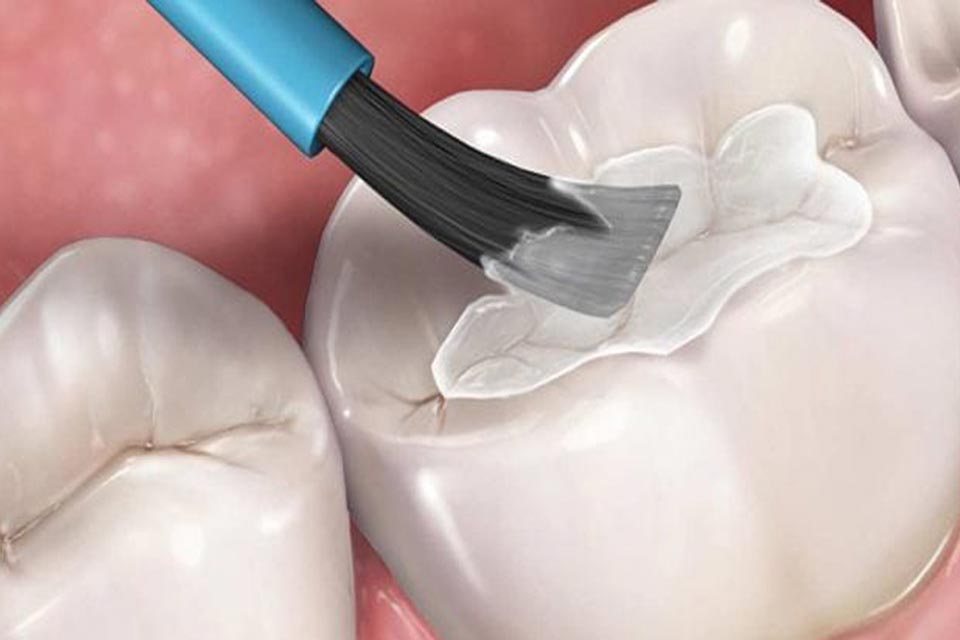A dental sealant is a plastic coating a dentist, such as Dental O So Gentle will put on molars and premolars to protect them from decay.
You use your molars and premolars for chewing, but each tooth has tiny fissures, or grooves, that even the most oral health-savvy person can have trouble cleaning.
Often, the fissures are smaller than a single brush bristle, meaning that bacteria acid from plaque can make its way into the enamel and cause cavities without you ever doing anything wrong.
While toothpaste and water with fluoride can prevent decay and protect the surfaces of your teeth, dental sealants can too.
What’s more, they smooth out those grooves in your teeth to reduce the risk of any acid getting into them.
When Do You Get Dental Sealants?
A dentist will usually place dental sealants on your first permanent molar as soon as it erupts through your gum’s surface.
These teeth continue to grow, even as you reach around 11 or 12 years of age.
While they usually only go on your chewing surface teeth, your dentist may also look at other baby teeth if they have grooves or pits too.
It depends on the dentist and patient to determine the best course of action.
Can Adults Get Dental Sealants?
Dental sealants are common in children growing new molars.
However, that’s not to say adults can’t get them too. If you are at risk of cavities or have particularly deep grooves that don’t have dental sealant or fillings, then your dentist might recommend or suggest dental sealants.
How Does a Dentist Apply a Dental Sealant?
The first step is to thoroughly brush and clean the teeth that are getting a dental sealant applied. Your dentist will use toothpaste and a rotating brush before washing and drying the tooth.
They then place an acidic solution on the teeth or tooth that creates a rough surface for the dental sealant to adhere to.
The dentist rinses this off before applying the sealant, drying it, then hardening it with light.
If your dentist uses a two-component sealant, they do not require light to set it.
The sealant will then last for several years and can work alongside fluoride treatments for reducing the risk of decay and cavities.
Do Dental Sealants Work?
Dentists have been using dental sealants for around 50 years with high levels of success.
They are proven to help prevent decay on occlusal surfaces and last a long time as well.
There is also new evidence to suggest that brushing, flossing, and dental sealants all work to improve young teeth and reduce the risk of cavities.
If your child is due for their dental check-up soon, or you’re interested to know more about dental sealants, then talk to your dentist. You may find it’s a service that could benefit yourself or your child immensely.

